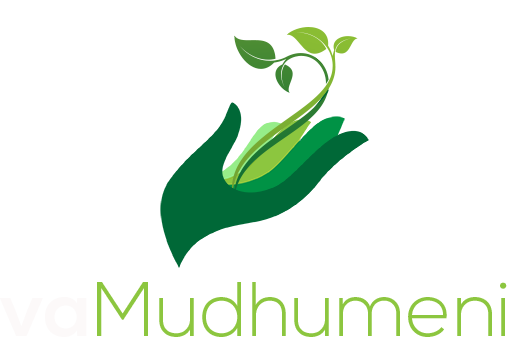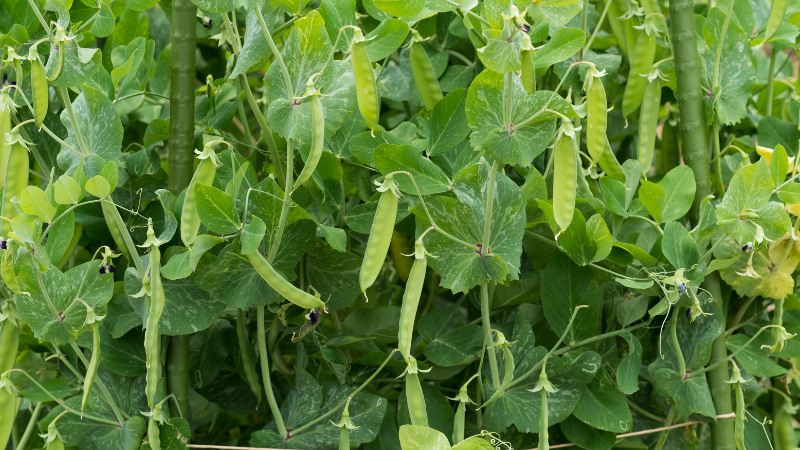One body. Different organs. The legs for movement, the eyes for sight, the mouth for feeding and so on. Different organs serving different purposes but all to the overall good and wellbeing of the entire body. One plant. Different parts. Each, however big or small, playing an important role in the maintenance and sustenance of the whole plant. The leaves as the food factory, the branches and stems for holding up the plant and the roots for anchoring the plant and absorbing all the nourishment the soil has to offer.
Farm organizations, regardless of their type or structure, work very much the same way with several departments complementing each other towards the ultimate fulfillment of the entity’s vision and mission. For the sake of efficiency and effectiveness it is vital that the whole be divided into smaller manageable units. These units, however, should remain guided by the common and bigger goals and objectives shared across all units. The success or failure of one organ, part or unit will impact on the overall performance and productivity of the organization, plant or animal as a whole. Underdeveloped leaves and roots can only contribute so much to the final yield. A defect in the digestive or reproductive system of an animal will certainly cause a drop in fertility, growth and development. Underperforming units or departments will definitely pull down or back other departments that may otherwise be living up to their mandate.
For the best outcome, no part, organ or unit should be found lagging behind for it is the sum of all these parts working together that will build a formidable force to tackle any and every duty or responsibility. Just like a well-oiled engine with all cylinders firing to the best of their capacity.
By Albert Makendenge

